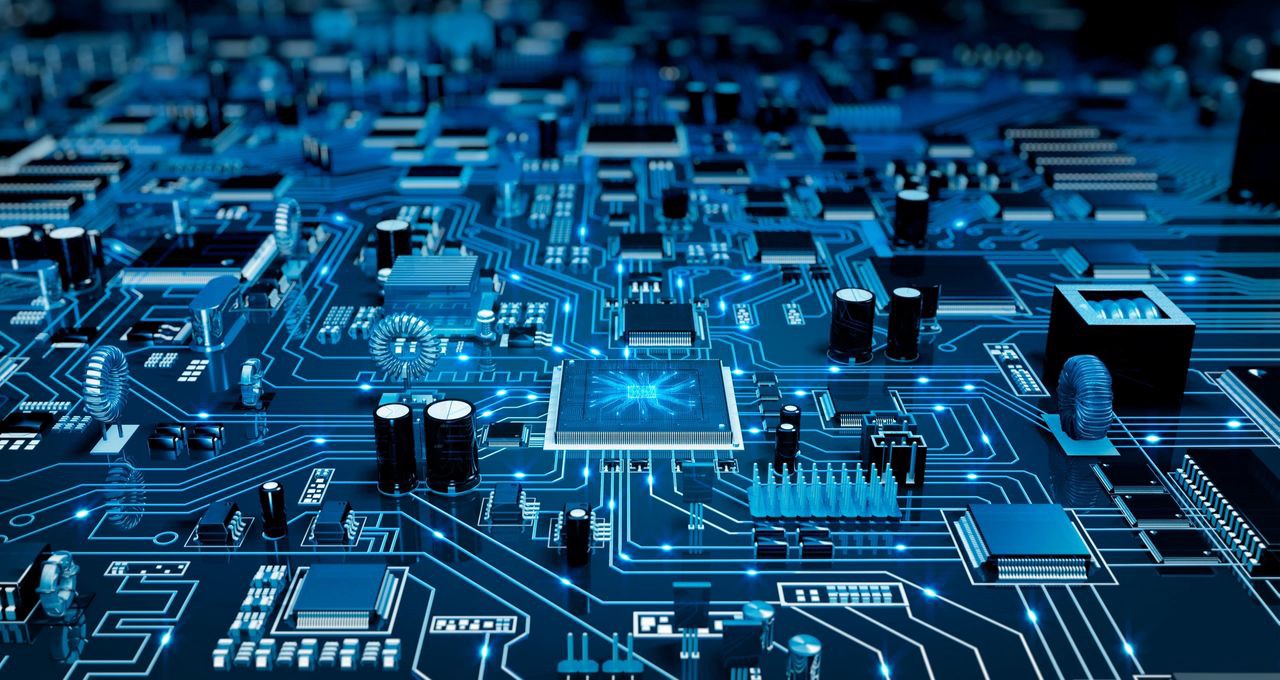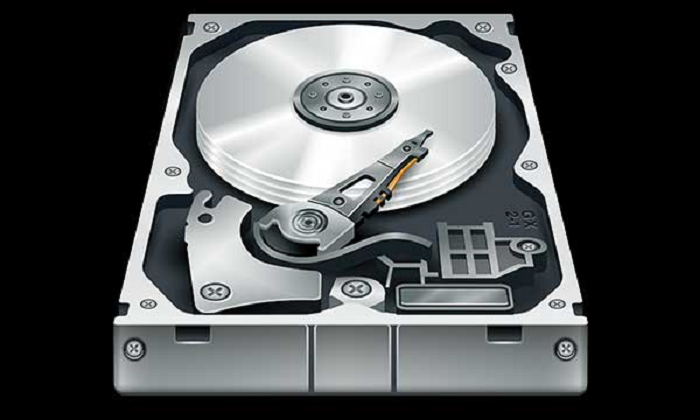Introduction
The world of computer hardware is a complex and dynamic landscape, with countless components working in harmony to create the technological marvels we rely on daily. Among these crucial components, the motherboard stands as the central nervous system of a computer system, orchestrating the interactions between various parts. A critical determinant of a motherboard’s role and performance is its price, a factor that is influenced by an intricate interplay of multiple elements.
In this exploration, we embark on a journey to unravel the factors that underlie the motherboard price. From the tangible physical components to the intangible aspects that contribute to a motherboard’s allure, we delve deep into the intricacies that drive the cost of these essential pieces of hardware. By delving into this exploration, we aim to gain a comprehensive understanding of the nuanced elements that impact motherboard pricing, empowering us to make informed decisions in the realm of computer hardware acquisition.
Exploring the Factors Behind Motherboard Price Tags
The motherboard price is influenced by a combination of various factors that contribute to its features, performance, and overall quality. Motherboards serve as the central hub of a computer system, connecting various components and providing crucial functionalities.
Form Factor:
Larger form factors, such as ATX and Extended ATX (EATX), provide more room for additional components, expansion slots, and features, making them ideal for high-performance systems or enthusiasts looking for extensive customization options.
Smaller form factors like Micro ATX and Mini ITX are compact and suitable for space-constrained builds, but they might offer fewer expansion options.
From the grand architecture of form factors to the intricate dance of chipsets and processor sockets, we have witnessed how each component plays its part in the symphony of motherboard design. The number of expansion slots, the symposium of I/O ports, and the orchestra of power delivery and VRMs all harmonize to orchestrate a motherboard’s capabilities and, inevitably, its cost.
Aesthetics and build quality interlace with brand reputation, as they contribute not just to the board’s physical durability but also to the user experience. The luminous glow of RGB lighting and the reassuring hum of reliable customer support add layers of value that extend beyond mere silicon and circuits.
Chipset:
Premium chipsets, such as Intel’s Z-series or AMD’s X-series, often support overclocking, multiple graphics cards, and advanced storage options like RAID configurations or NVMe SSDs.
Mainstream chipsets provide solid performance and features without the higher costs associated with enthusiast-level chipsets.
Processor Socket:
Motherboards with high-end processor sockets, like Intel’s LGA 20XX series or AMD’s AM4 series, often support the latest and most powerful CPUs, contributing to a higher price.
Entry-level sockets may still offer good performance but lack support for advanced features or the latest processors.
Memory Support:
Motherboards with more memory slots and support for faster RAM technologies can handle larger workloads and offer better performance.
Some motherboards may also support ECC (Error-Correcting Code) memory, which is often used in professional and server applications.
Expansion Slots:
The number of PCIe slots and their configurations affect the ability to install multiple graphics cards, expansion cards, and NVMe SSDs.
M.2 slots, which support high-speed NVMe storage, are often featured on higher-priced motherboards.
I/O Ports:
High-end motherboards may offer additional USB ports, including USB 3.2 Gen 2 and USB-C, as well as premium audio jacks and enhanced networking capabilities.
Power Delivery and VRMs:
Better VRMs and power delivery components allow for more stable power supply to the CPU, which is crucial for overclocking and high-performance computing.
Advanced thermal solutions, such as heatsinks and heat pipes, help dissipate heat and ensure consistent performance.
Audio and Networking:
Some motherboards feature premium audio solutions with dedicated audio components and advanced audio codecs for improved sound quality.
Onboard Wi-Fi and Bluetooth are often included in higher-end motherboards, providing wireless connectivity options.
Aesthetics and Build Quality:
Premium motherboards may feature reinforced PCIe slots, metal-reinforced RAM slots, and additional layers in the PCB for added durability.
Aesthetic enhancements like RGB lighting and customizable lighting zones contribute to the overall look and feel of the motherboard.
Brand Reputation:
Well-established motherboard manufacturers with a history of producing reliable and high-quality products may command higher prices due to their reputation.
Additional Features:
Motherboards with features like diagnostic LEDs, onboard power/reset buttons, and dual BIOS can simplify troubleshooting and enhance user convenience.
Advanced BIOS options and software utilities for tweaking and monitoring system performance are often found in higher motherboard price.
Warranty and Support:
Motherboards with longer warranty periods and better customer support can provide added value and peace of mind for consumers.
Ultimately, the motherboard price reflects the combination of these factors and how they align with your specific needs and budget. It’s essential to carefully consider your intended use case, future upgrade plans, and the features that matter most to you when selecting a motherboard for your system.
Also read:- Hard Disk Price vs. Performance: Finding the Sweet Spot
Conclusion
In the realm of modern computing, the motherboard stands as a testament to the fusion of intricate engineering and technological innovation. As we conclude our journey through the labyrinthine landscape of factors that shape motherboard price tags, a comprehensive panorama of influences comes into view.
From the grand architecture of form factors to the intricate dance of chipsets and processor sockets, we have witnessed how each component plays its part in the symphony of motherboard design. The number of expansion slots, the symposium of I/O ports, and the orchestra of power delivery and VRMs all harmonize to orchestrate a motherboard’s capabilities and, inevitably, its cost.
Aesthetics and build quality interlace with brand reputation, as they contribute not just to the board’s physical durability but also to the user experience. The luminous glow of RGB lighting and the reassuring hum of reliable customer support add layers of value that extend beyond mere silicon and circuits.
In this exploration, we embark on a journey to unravel the factors that underlie the motherboard price. From the tangible physical components to the intangible aspects that contribute to a motherboard’s allure, we delve deep into the intricacies that drive the cost of these essential pieces of hardware. By delving into this exploration, we aim to gain a comprehensive understanding of the nuanced elements that impact motherboard pricing, empowering us to make informed decisions in the realm of computer hardware acquisition.



